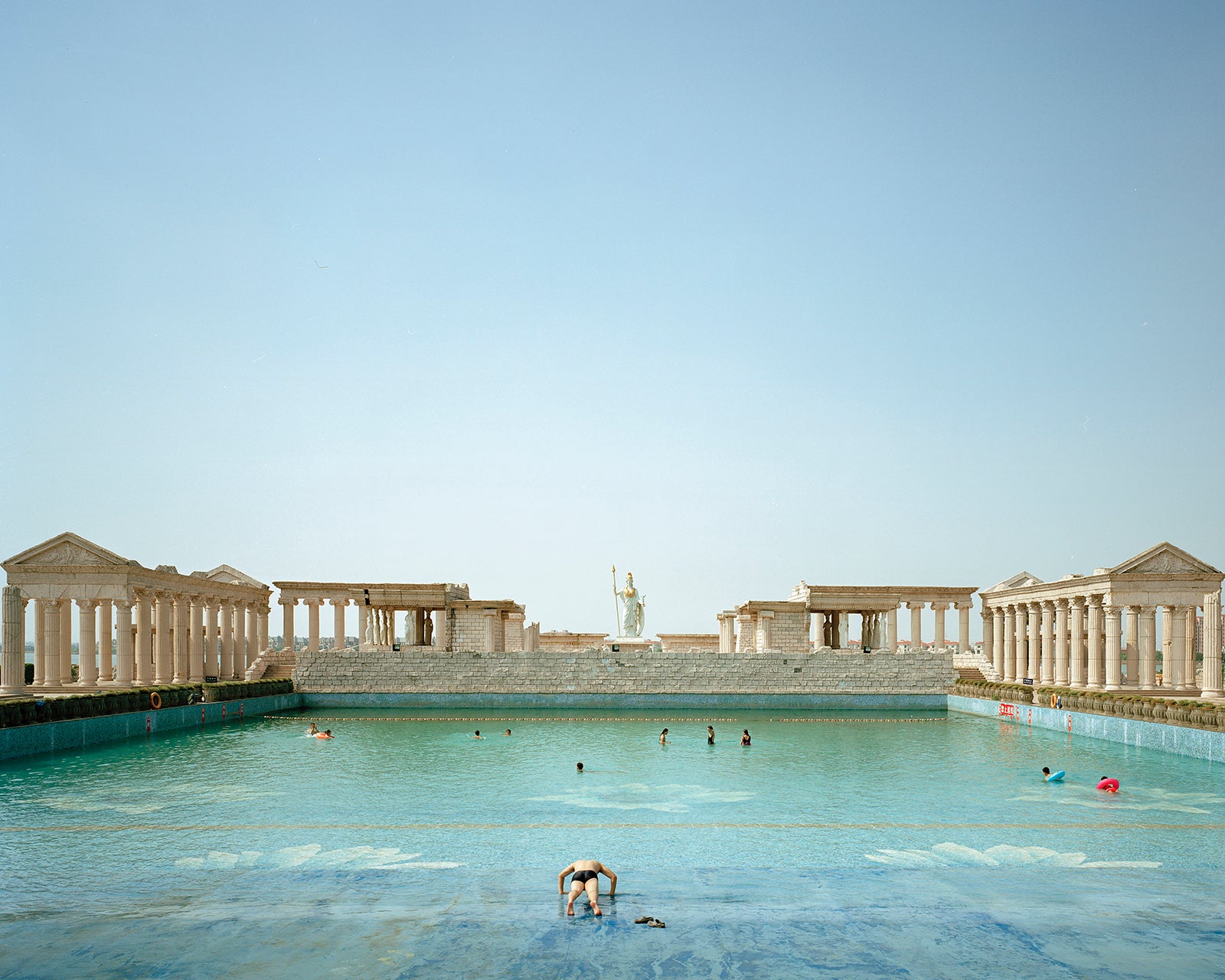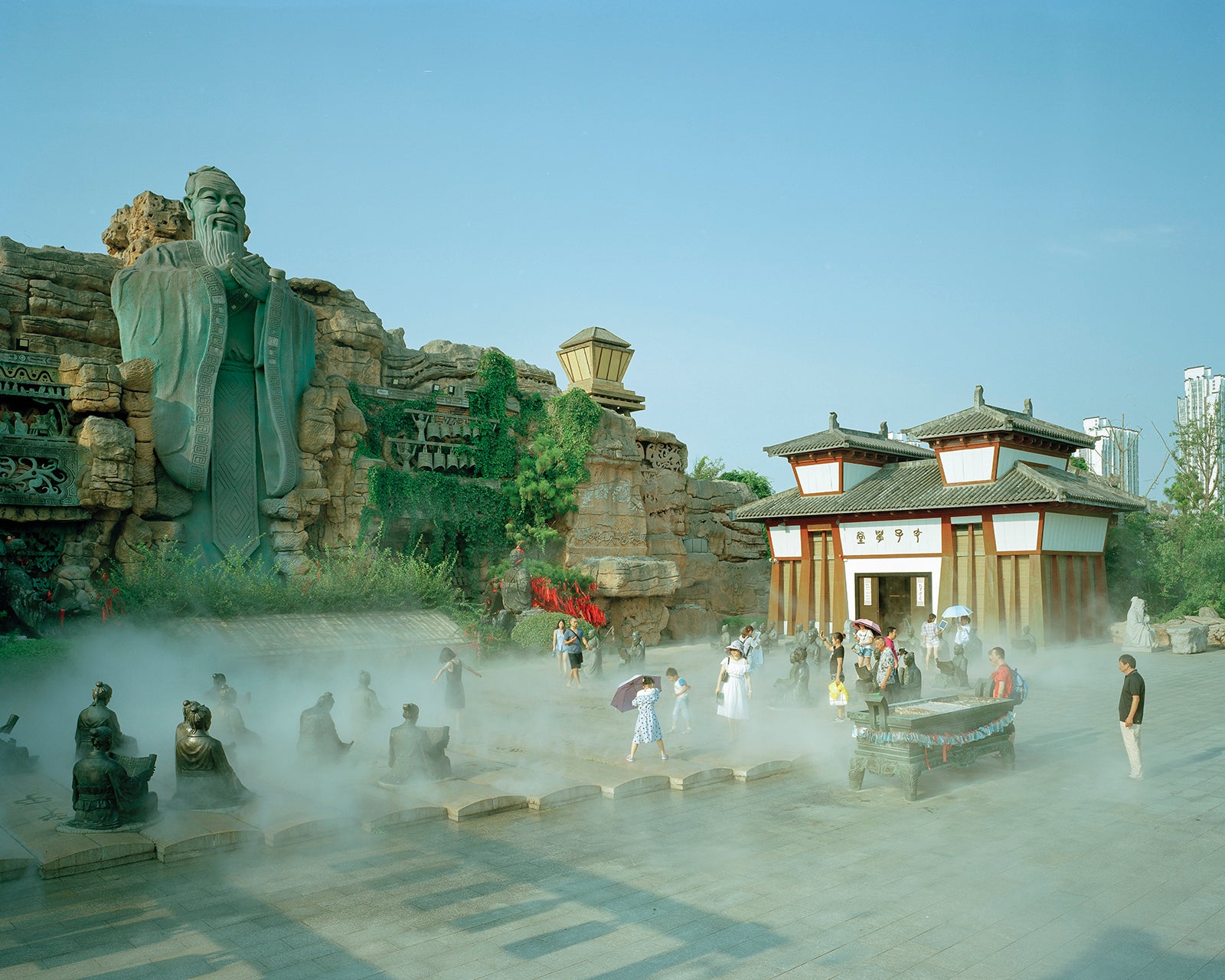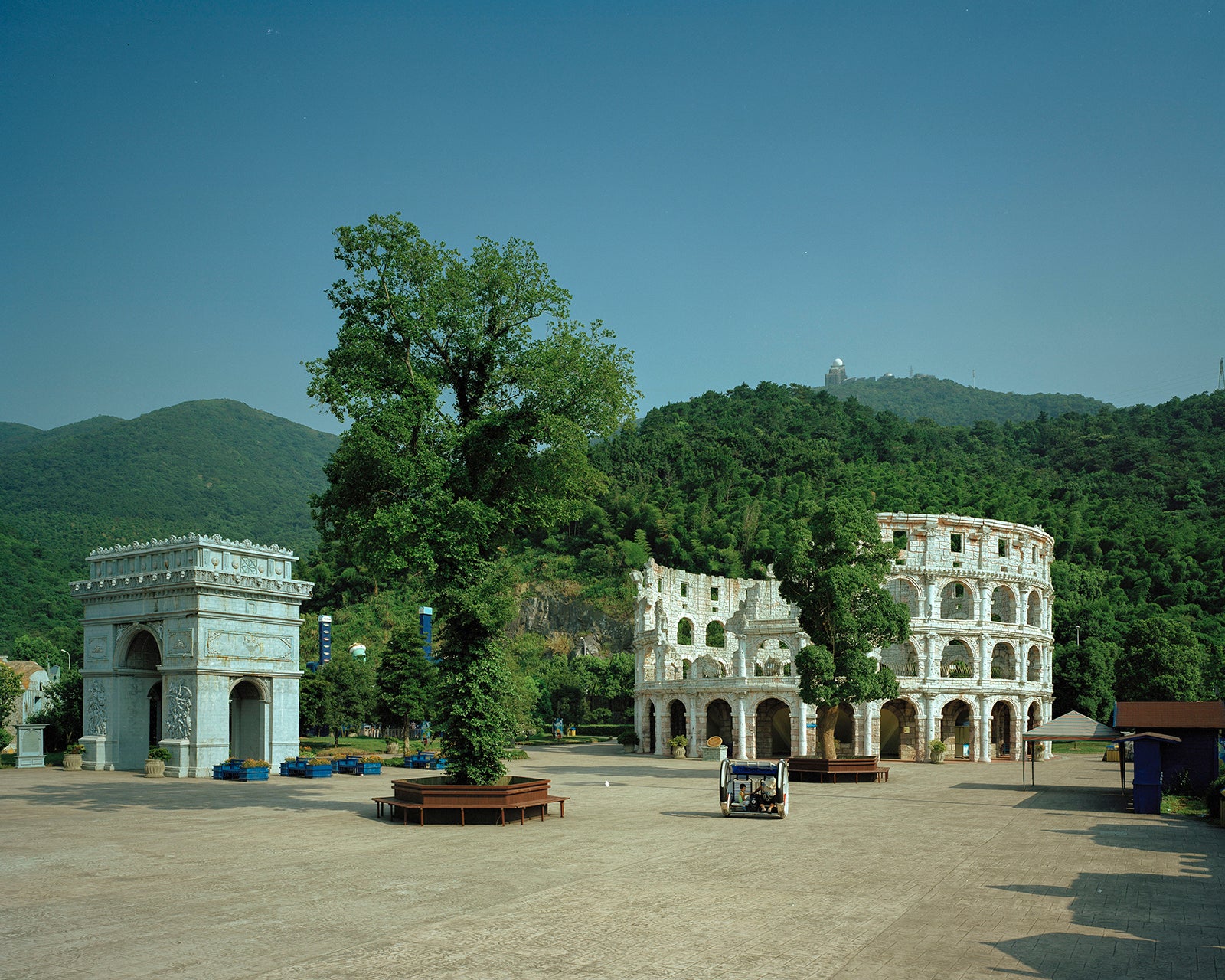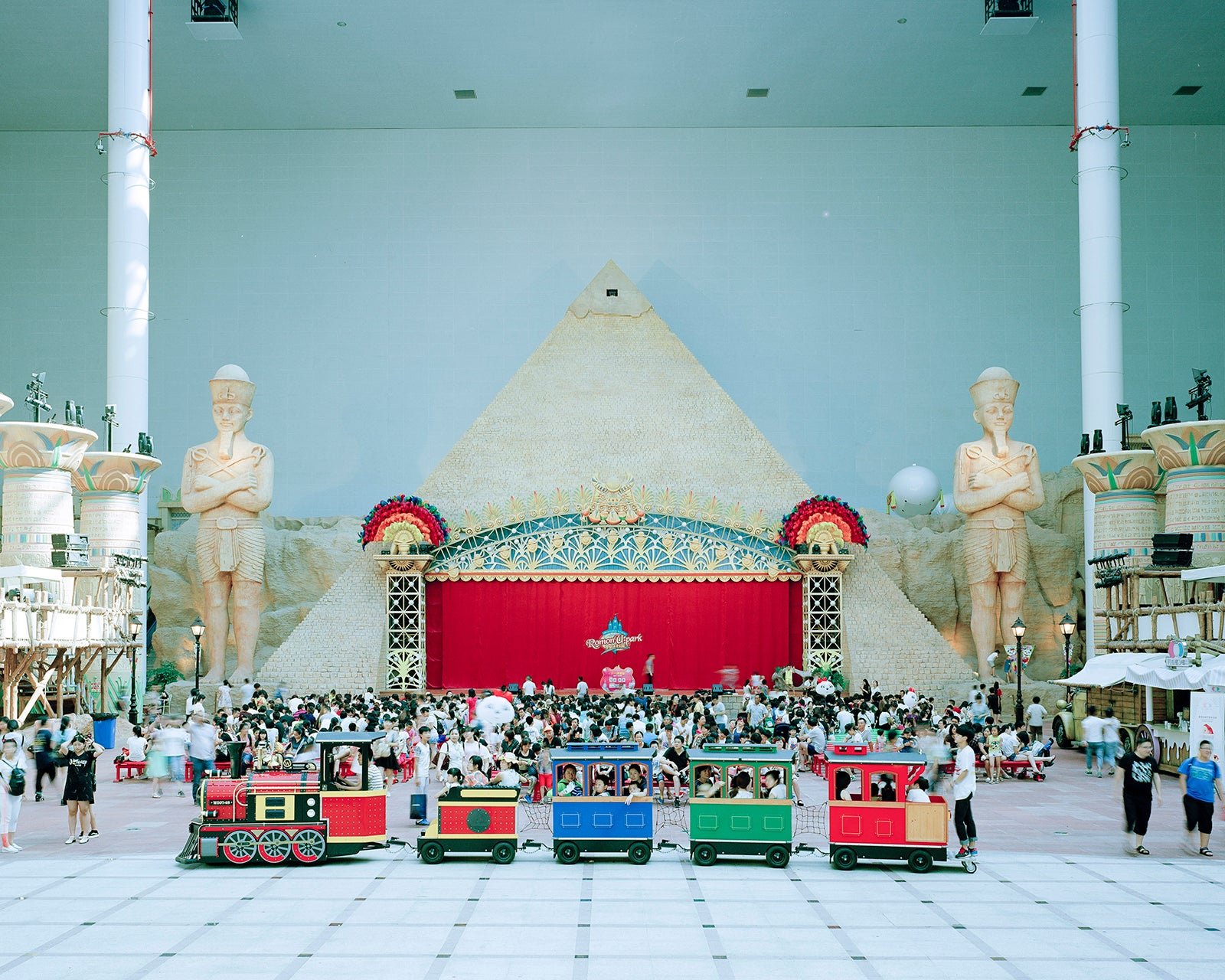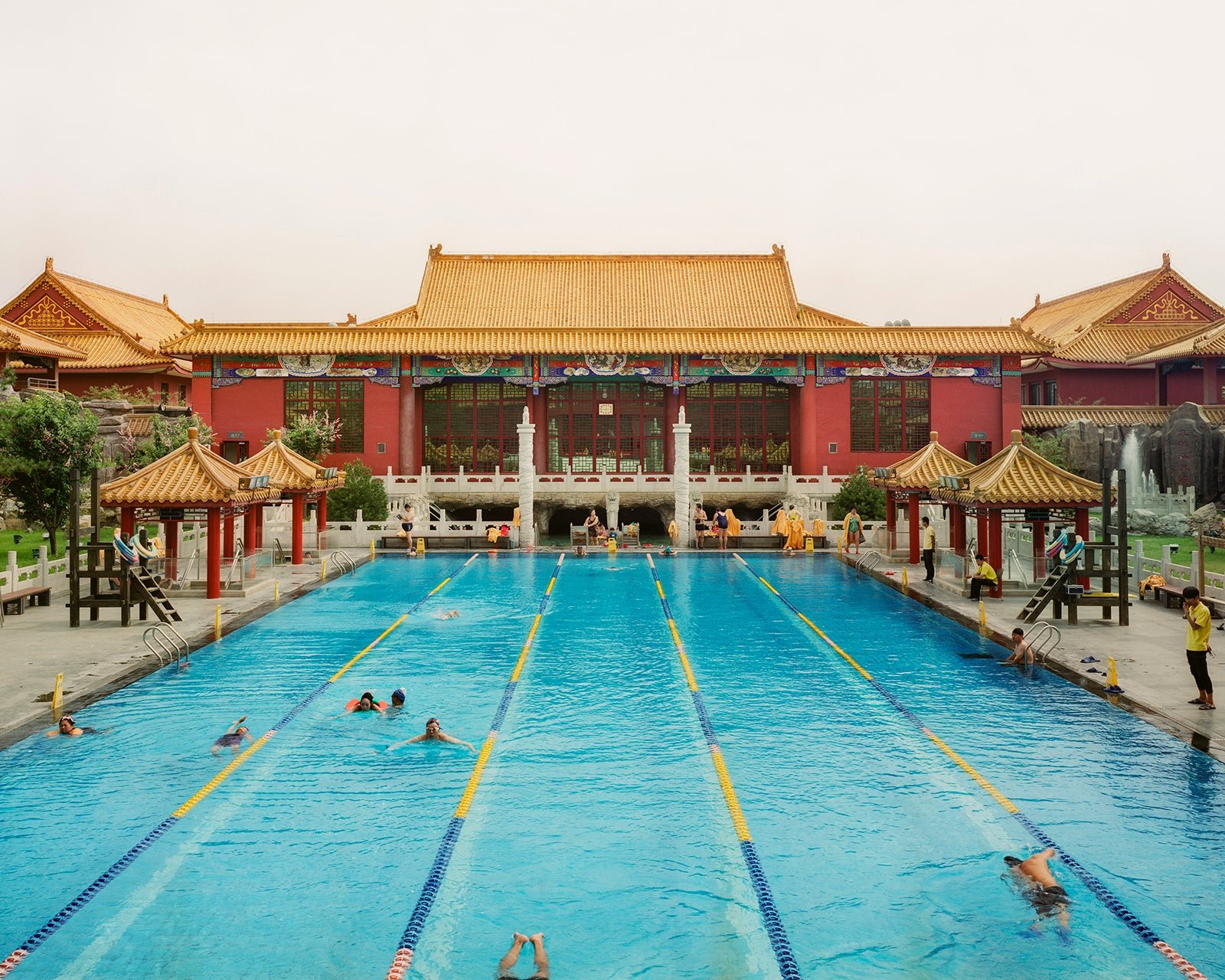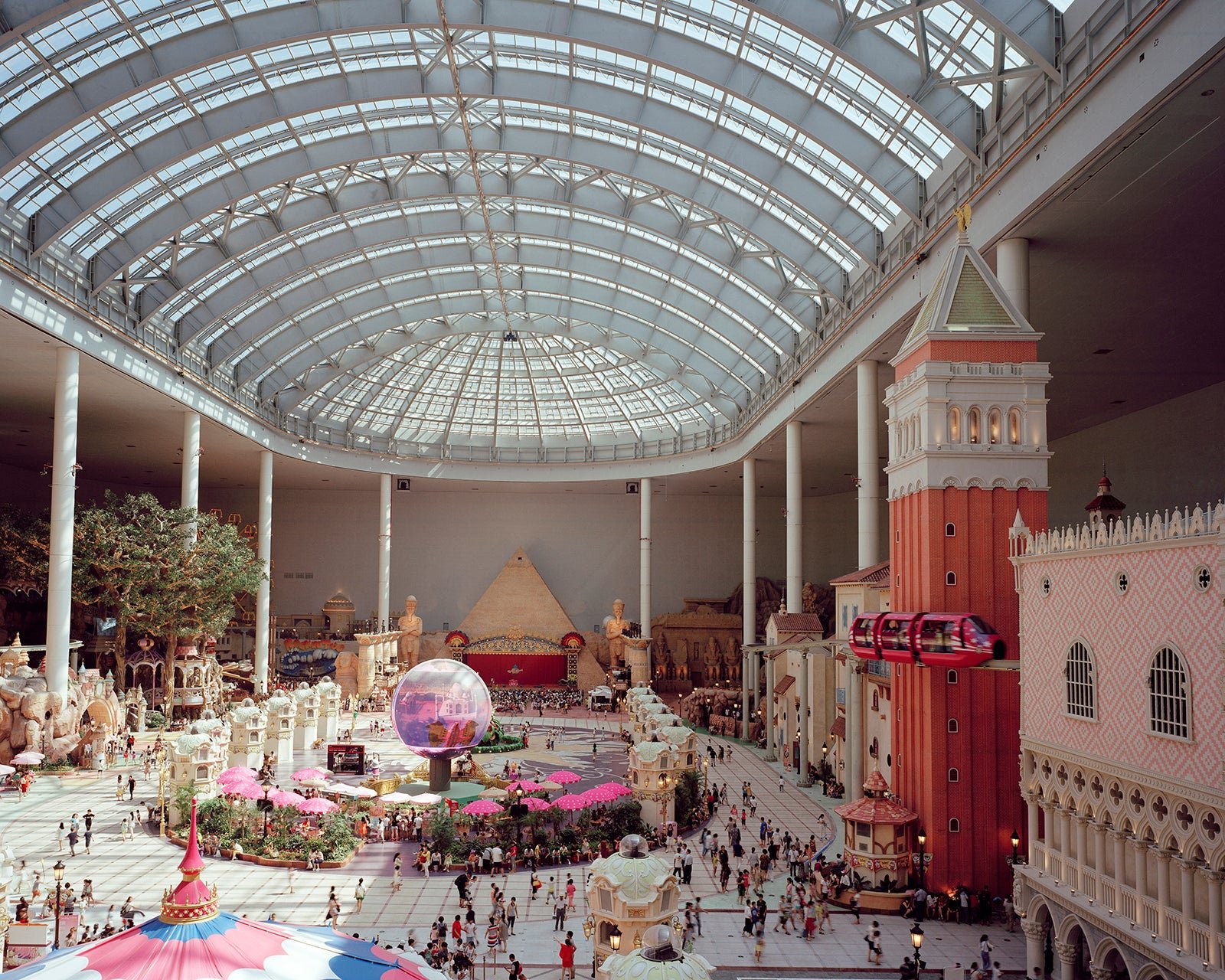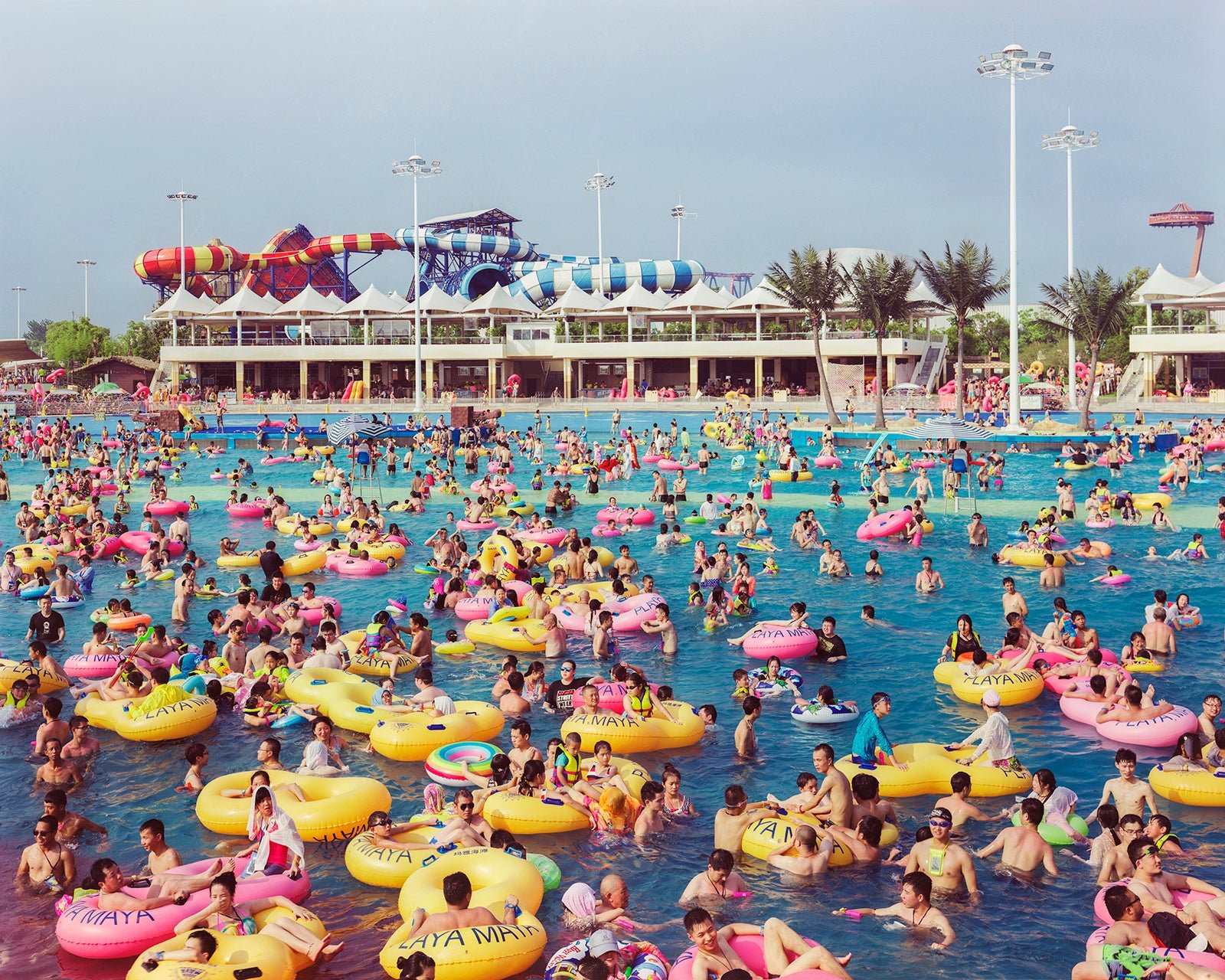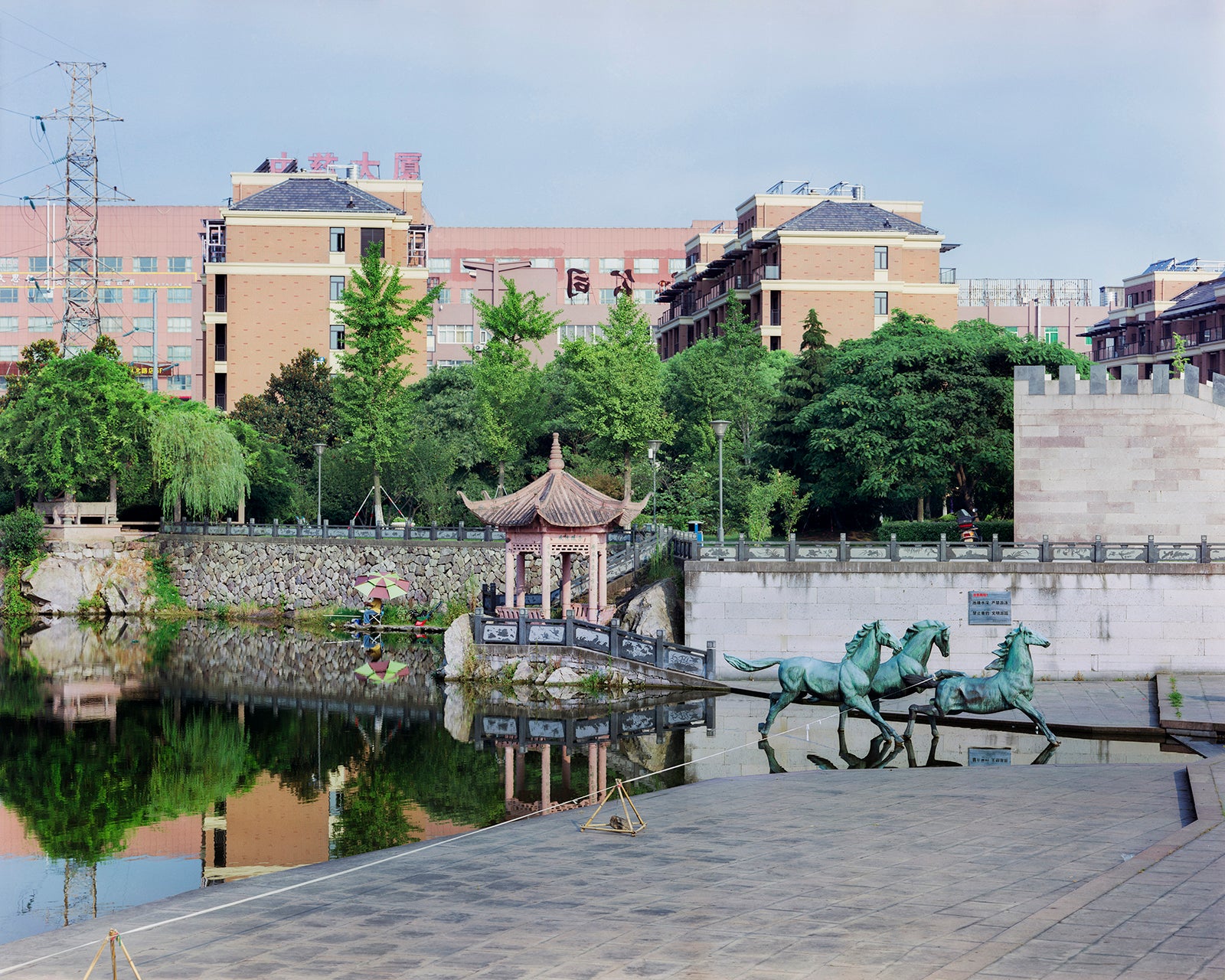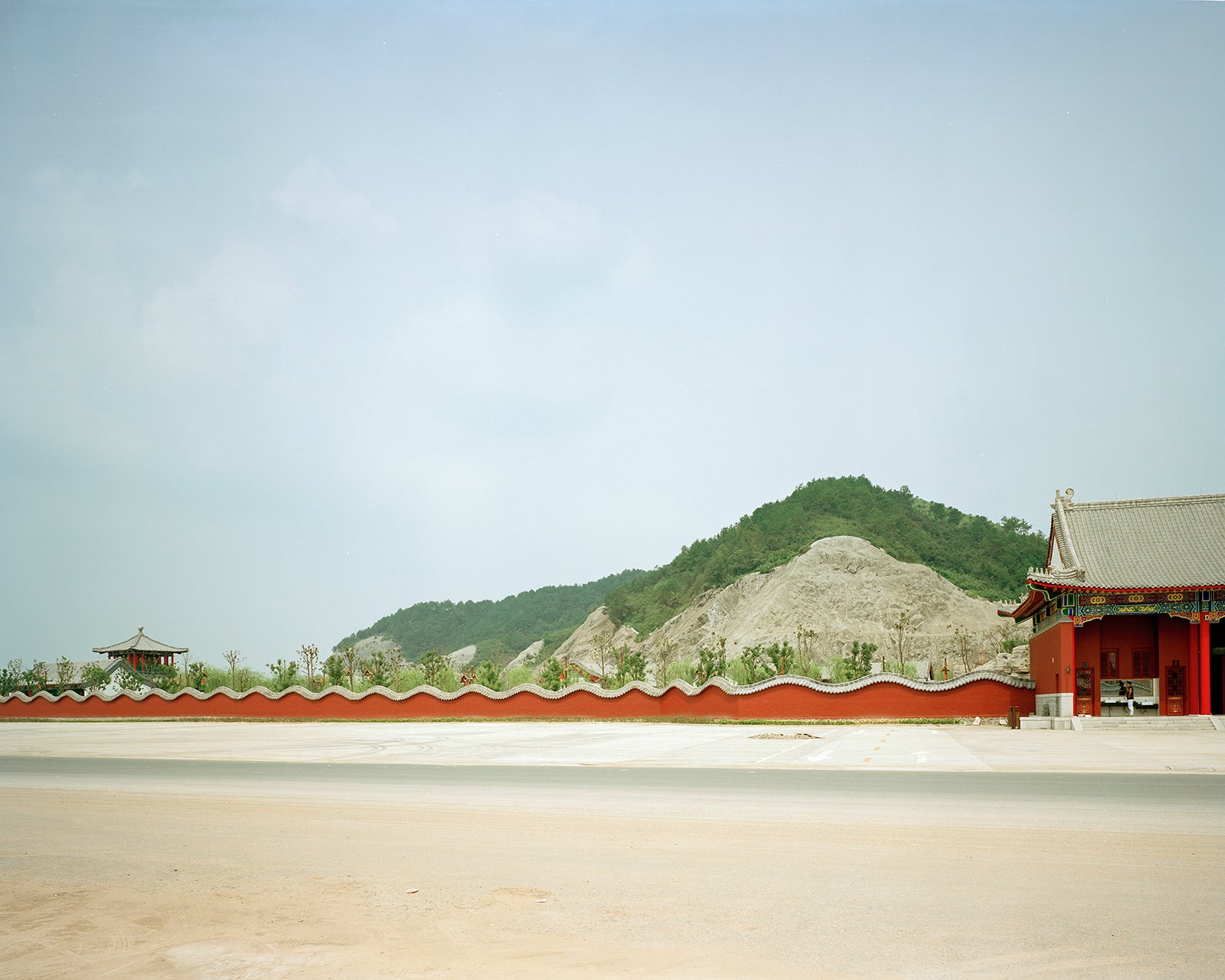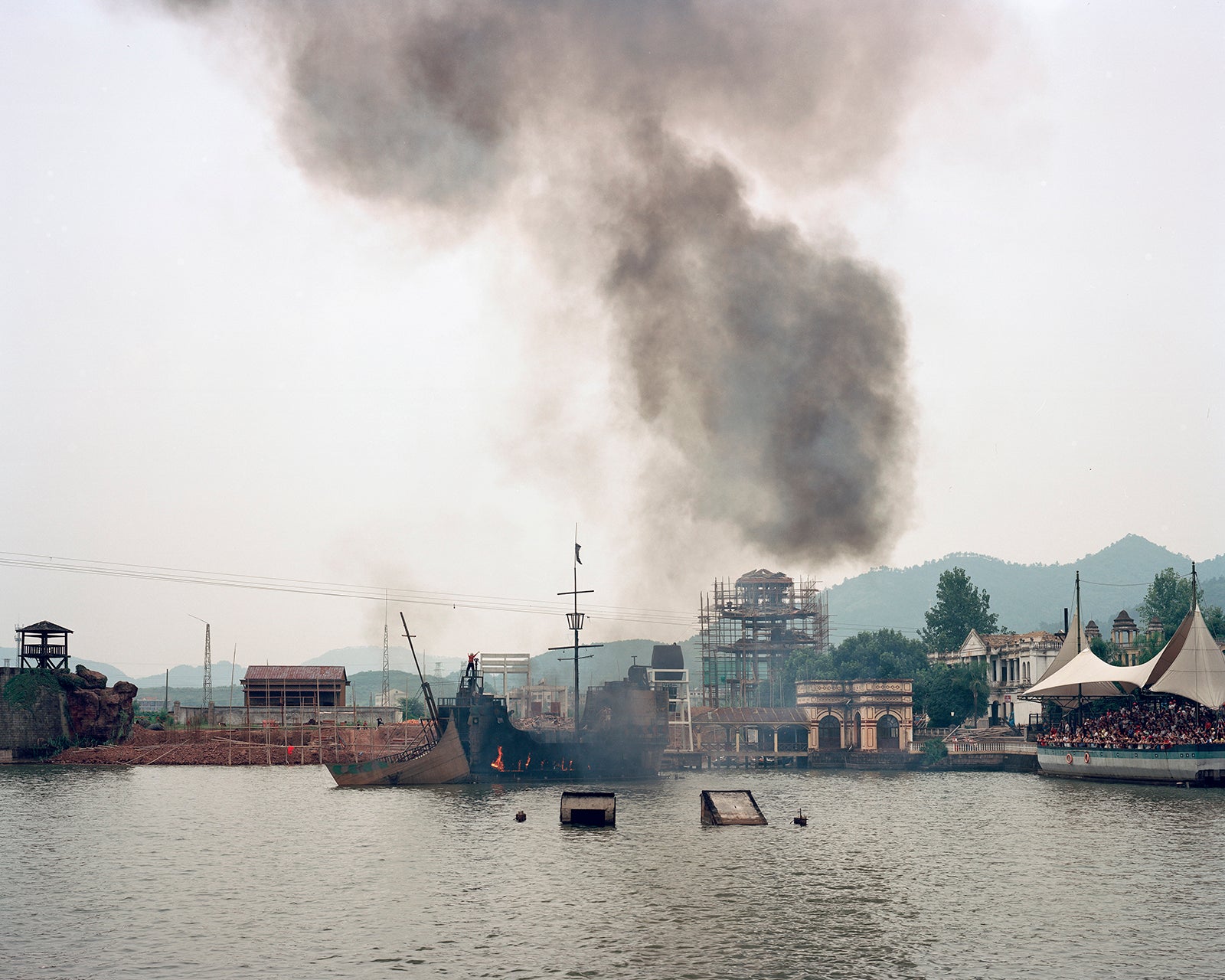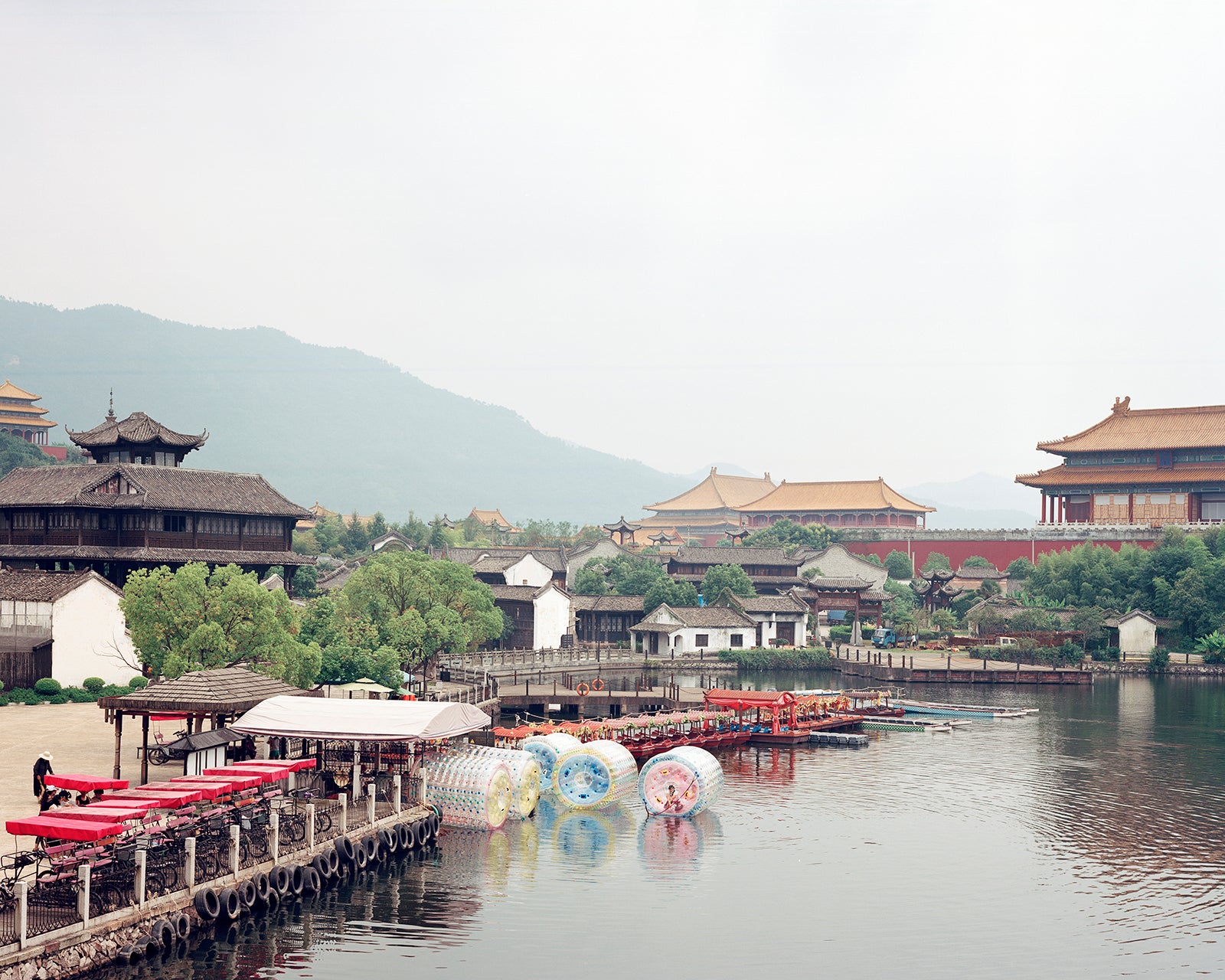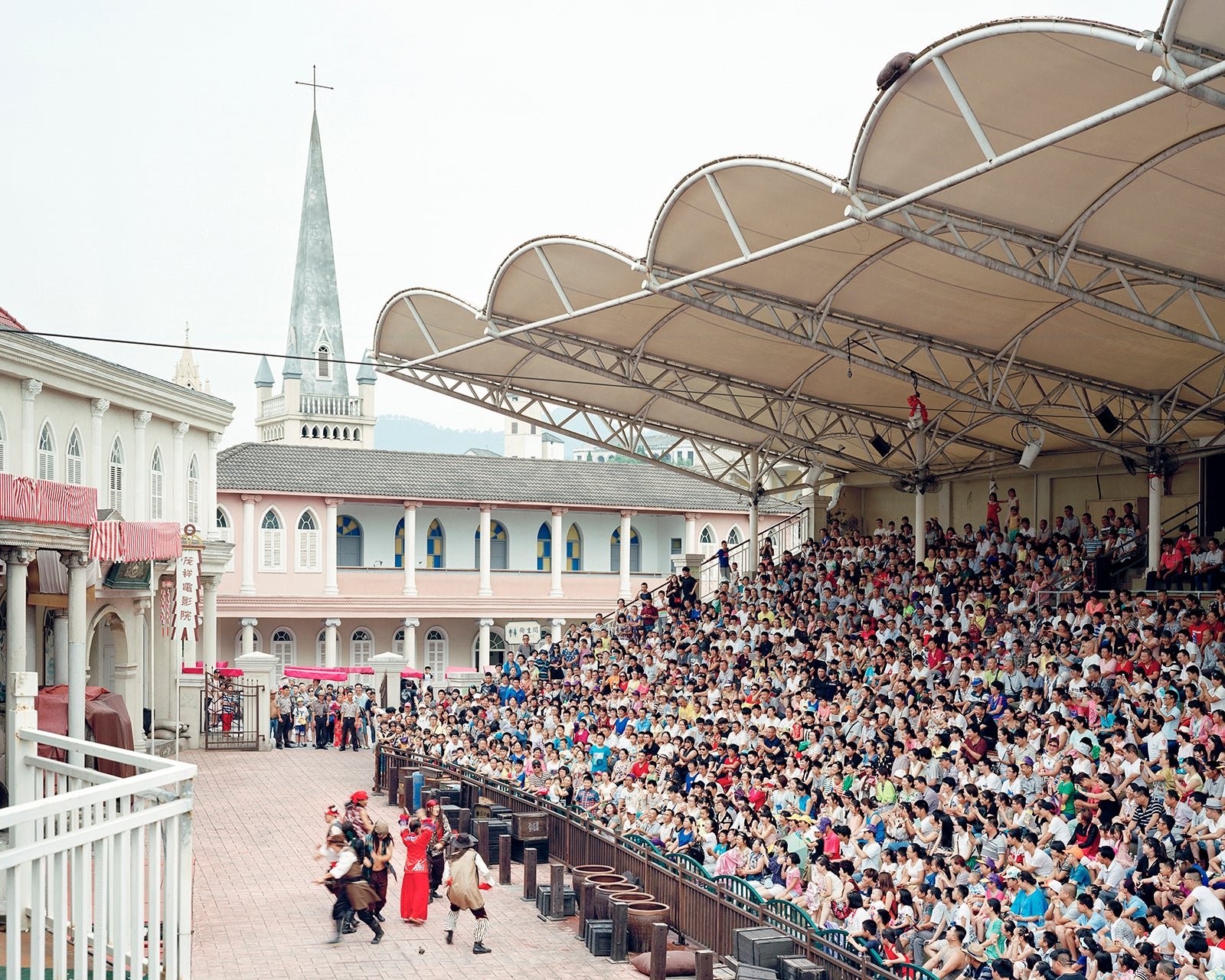Photos: China’s surreal, larger-than-life amusement parks
As China’s middle class has ballooned, eclipsing that of the US in 2015, so have the massive theme parks sprouting up to capture the imaginations and wallets of these newly wealthy individuals.
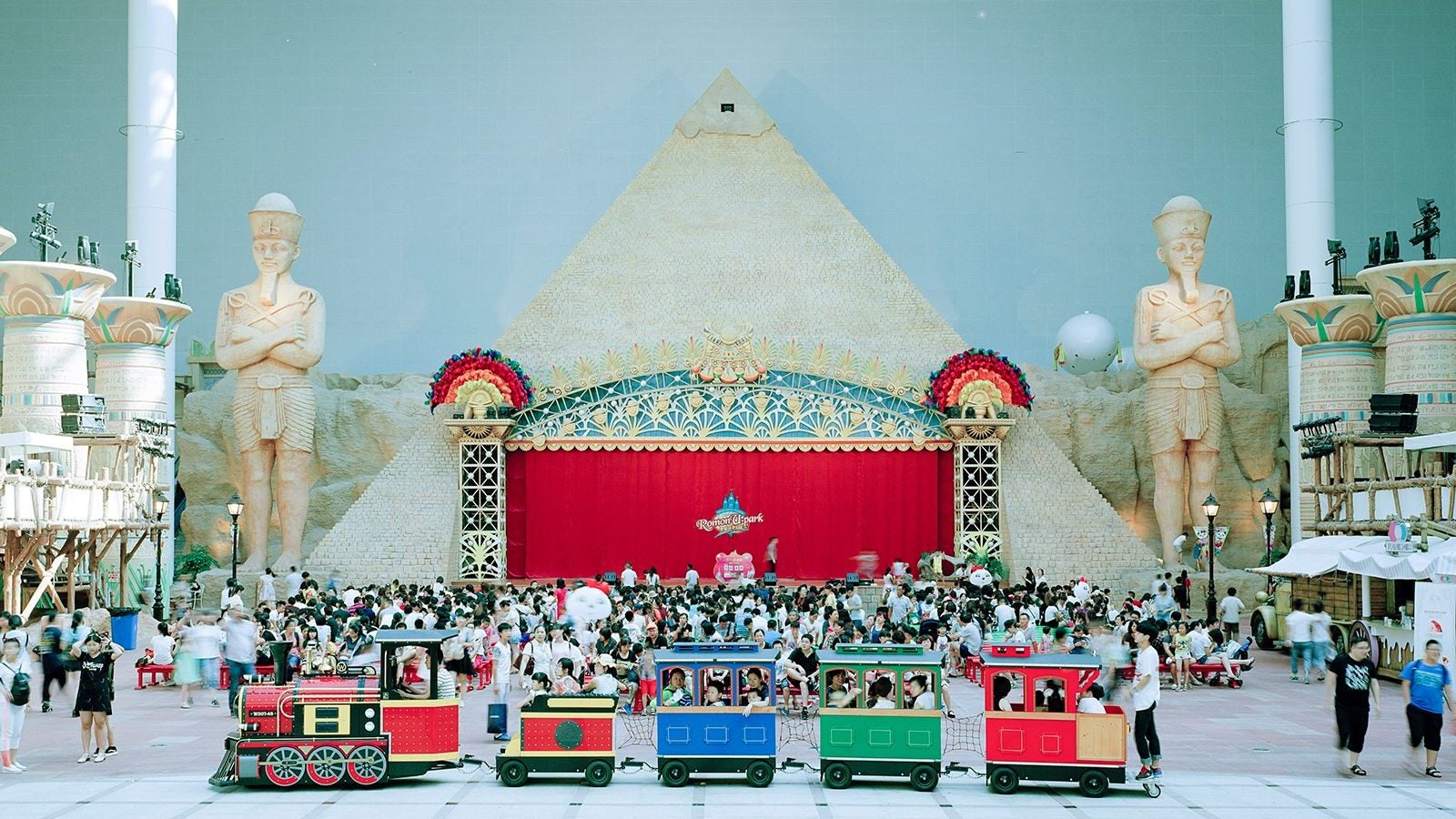

As China’s middle class has ballooned, eclipsing that of the US in 2015, so have the massive theme parks sprouting up to capture the imaginations and wallets of these newly wealthy individuals.
The opulence of these amusement parks, as well as their diversity in themes, from tours through centuries of Chinese history to scale reproductions of European landmarks, inspired Chinese photographer Ronghui Chen. With a large format camera, he documented the parks in all their scale and splendor.
Taken primarily in southeastern China in 2015, his series, called “Runaway World,” captures a slightly headier times for the country’s amusement park industry. Attendance at the parks is still high and growing—sales, including tickets and other retail purchases at parks, grew 27% last year from the previous year. But Beijing is growing wary of these now-omnipresent temples to affluence, criticizing their overabundance and warning of impending market saturation in an official statement in April 2018.
In 2016, around 65 different theme parks were in various stages of development, according to Forbes, including collaborations with US brands like Universal and Lego. The Chinese government’s planning commission noted in their announcement that many of these parks were either poorly thought-out or just straight plagiarism. A Kunming theme park, Joyland, is known for its blatant rip-offs of Blizzard Entertainment’s Warcraft and Starcraft franchises.
Regardless of the copyright claims or long term sustainability of these parks, their dizzying size and ambition are truly in a league of their own. To capture their size, Chen climbed atop a six-foot (two-meter) ladder so his photos could take a broad view, placing the fantasy lands in the context of their surrounding. “It helps me to see the whole thing, like the real estate behind the theme park,” he said over email. “Behind the huge dinosaur sculptures is the towering real estate that truly represents this era.”
